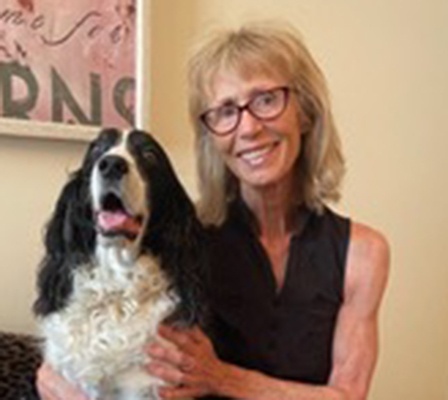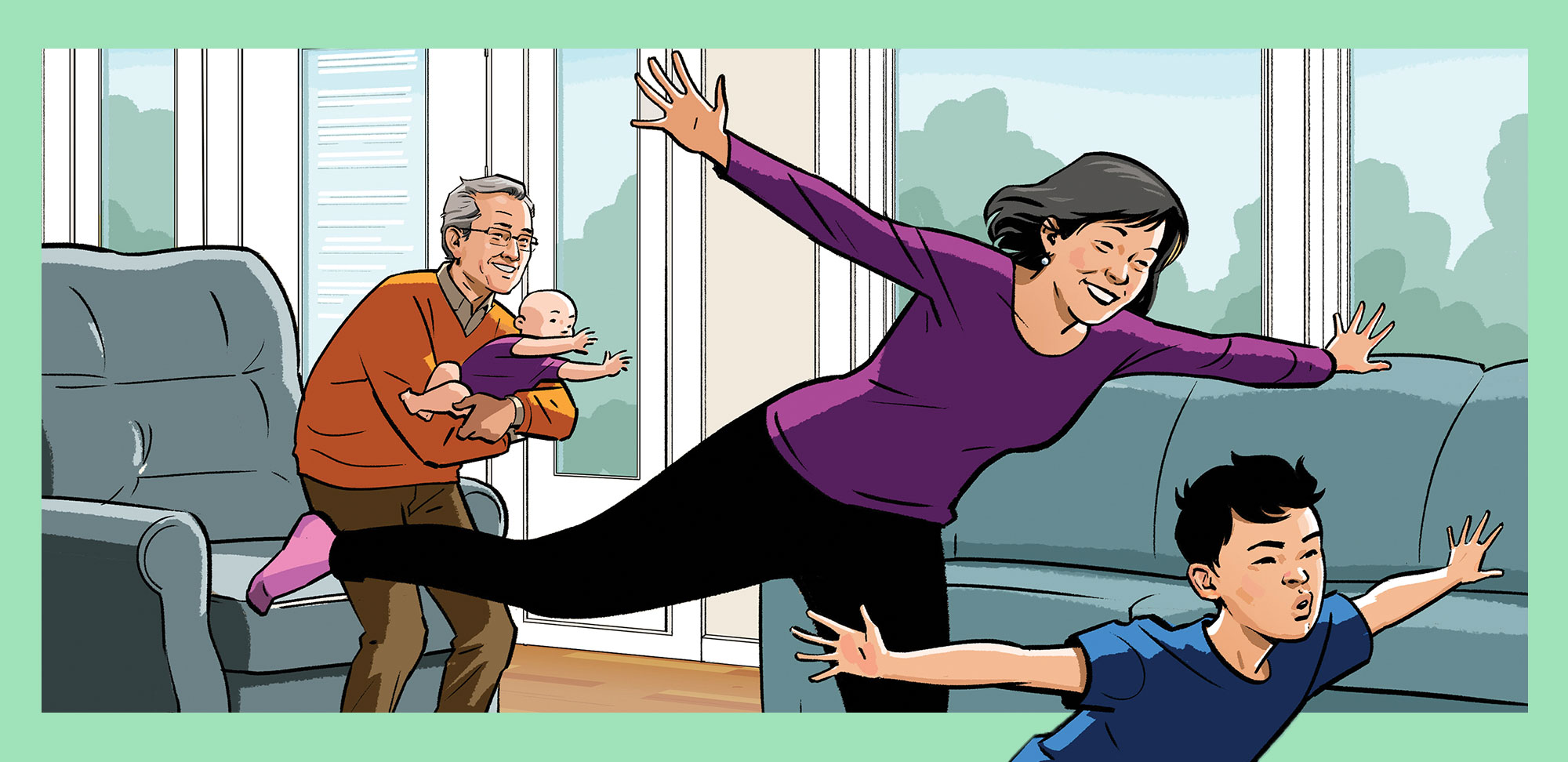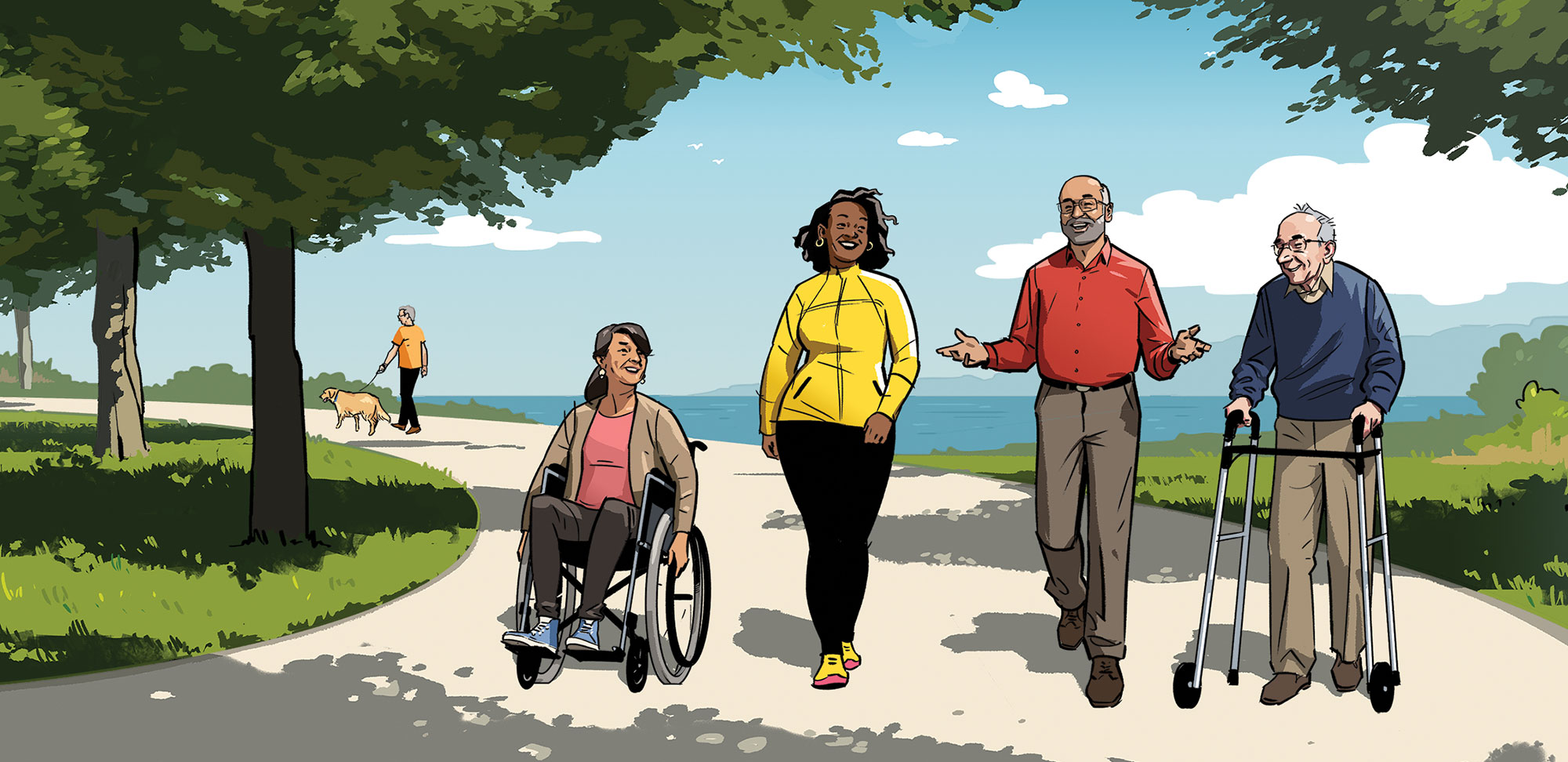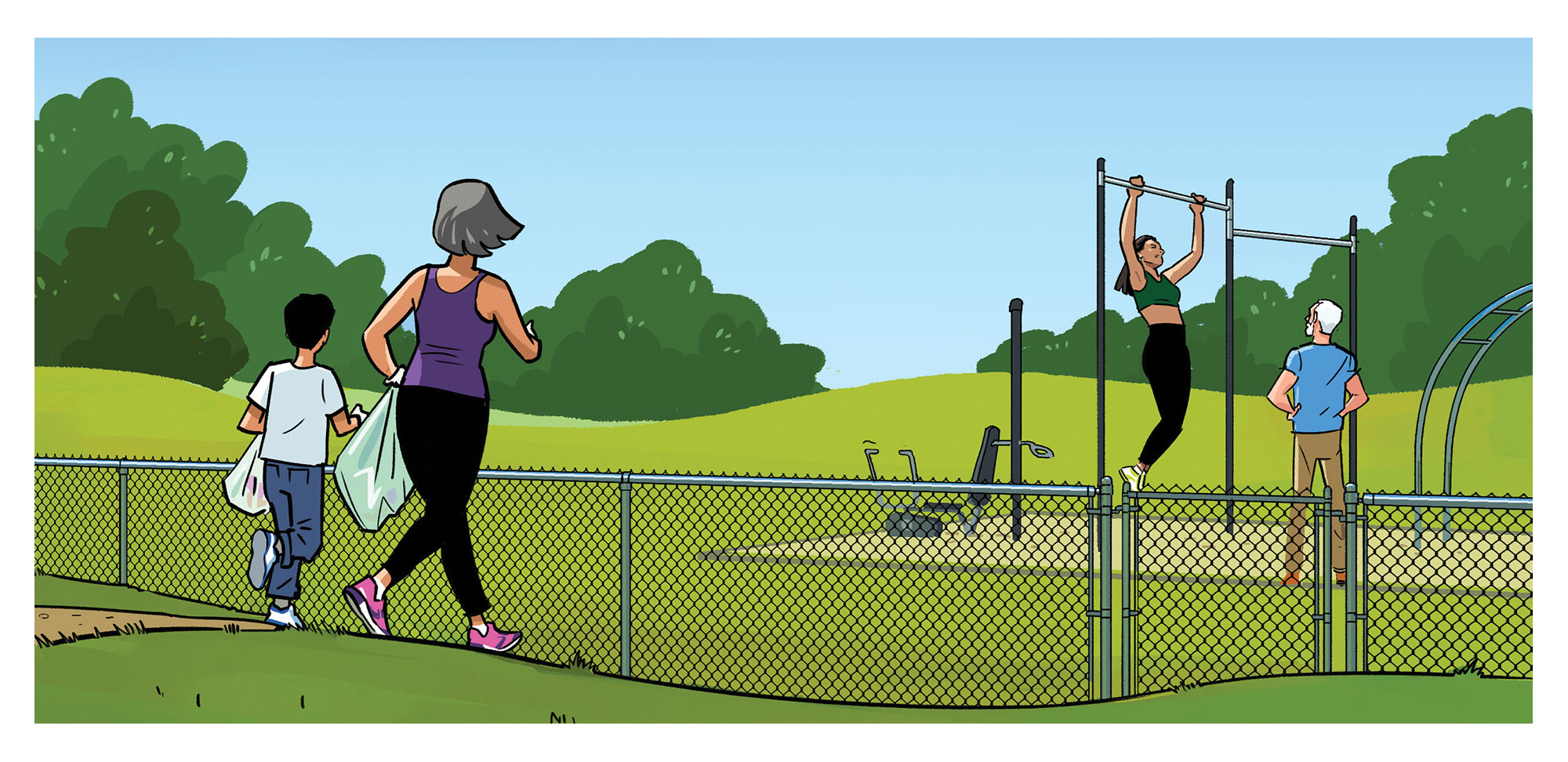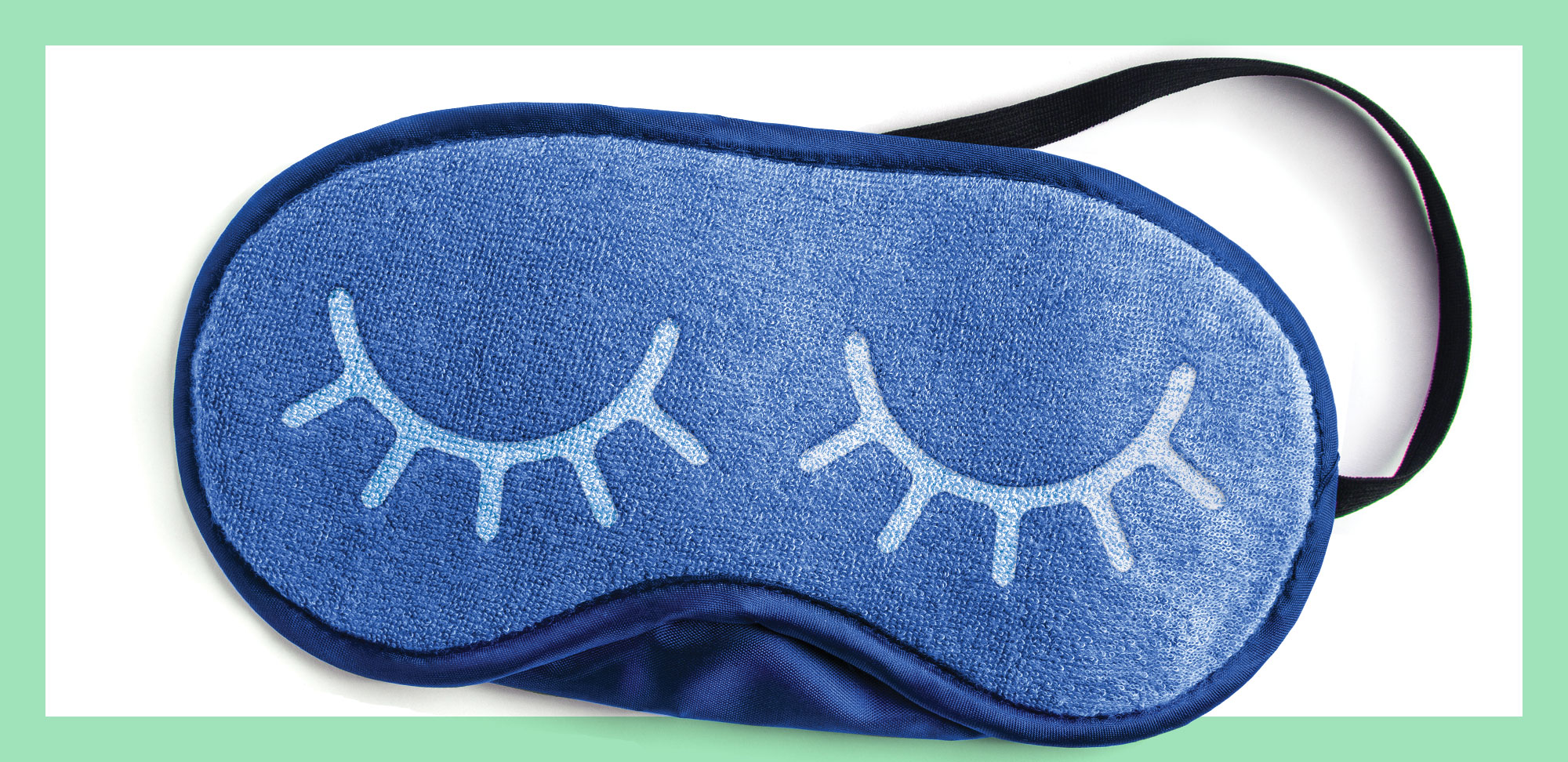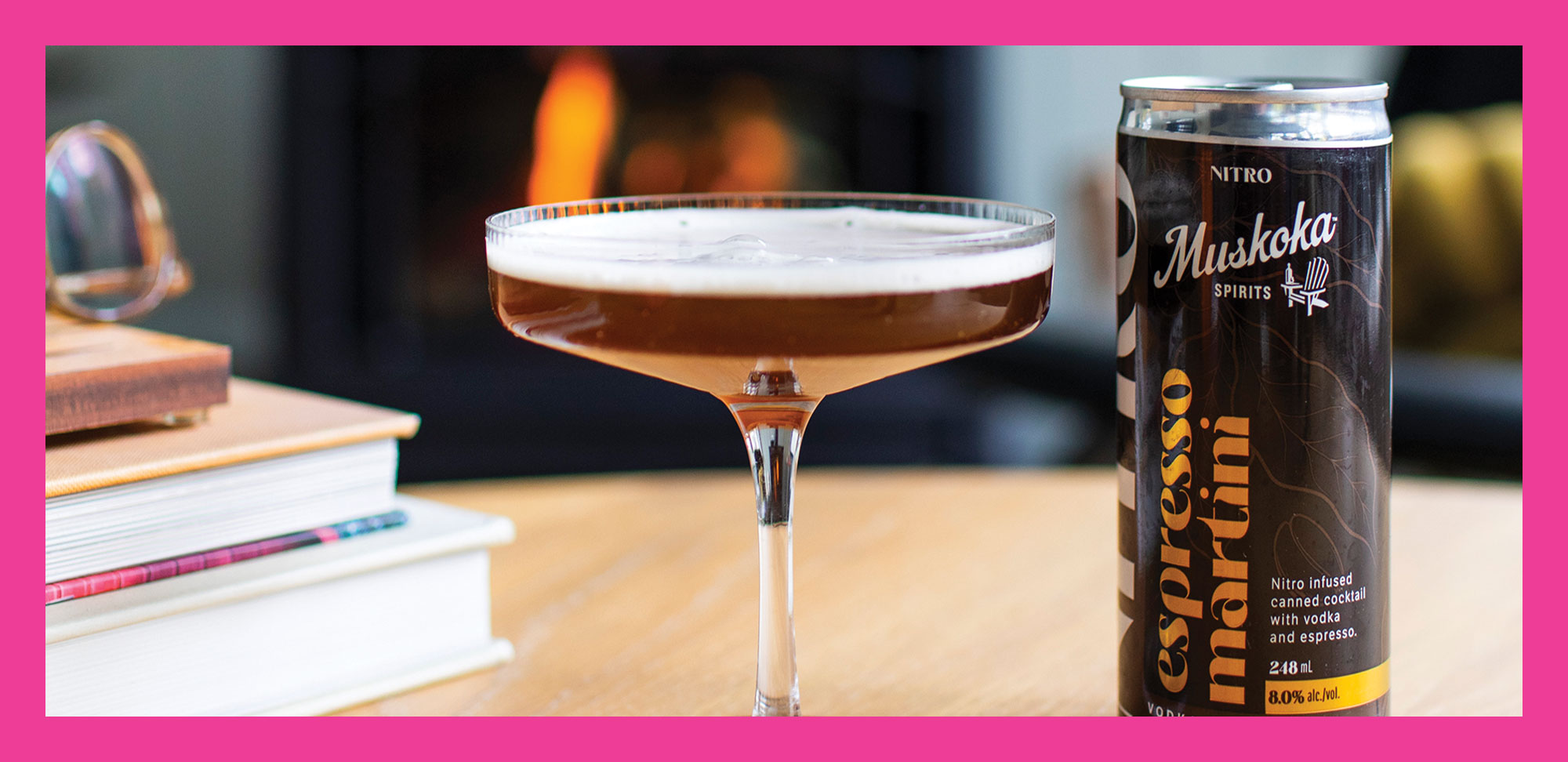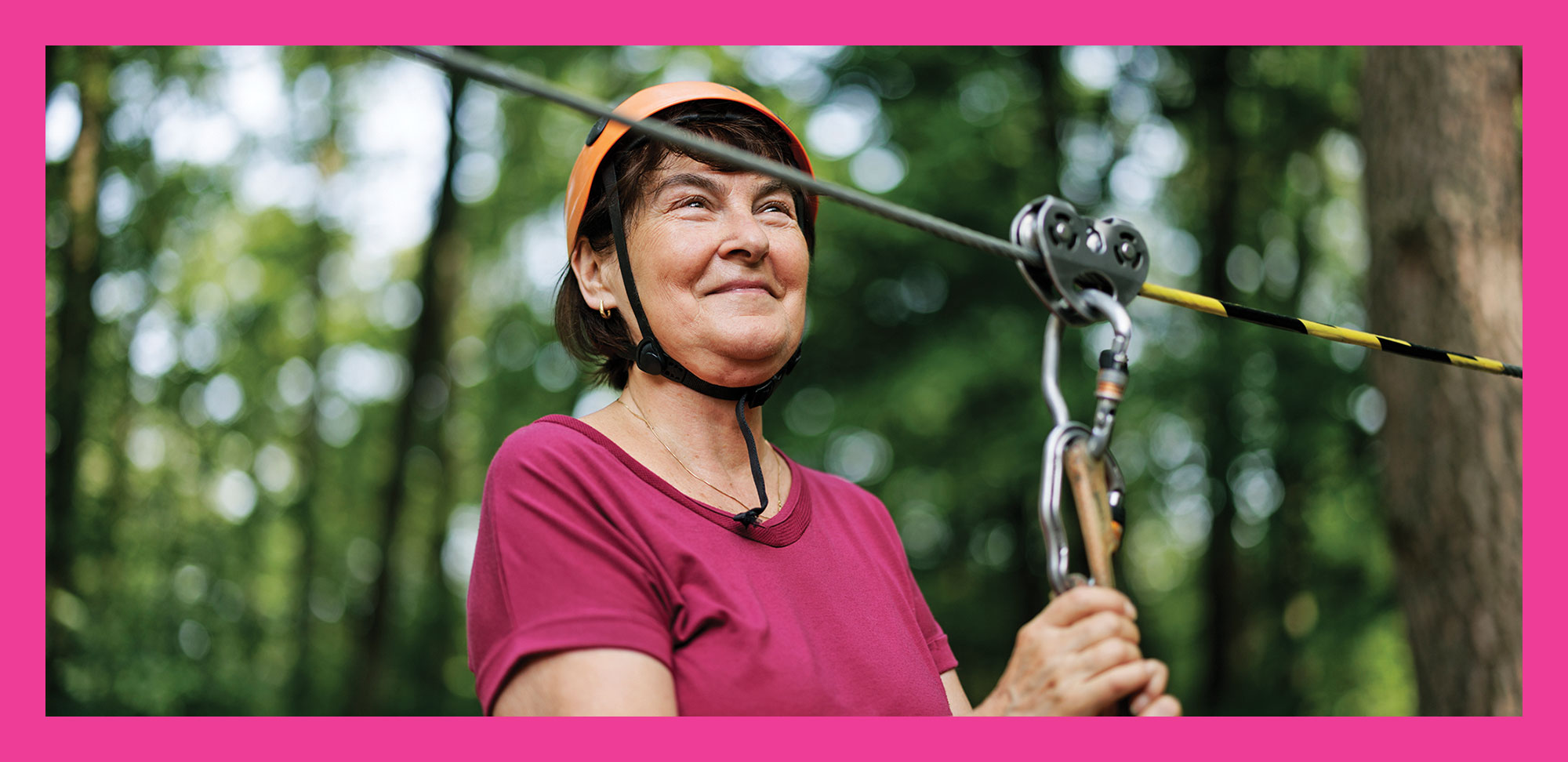When the weather outside is frightful, we’d much rather hunker down at home and read a book, watch a movie or scroll through Facebook than venture outside, am I right? But we know exercise can be on that list of things to do at home too.
Adults 55 and older need to get 150 minutes or two and a half hours of exercise or activities that cause a little sweating and harder breathing every week, says Emily Johnson, founder of StrongerU Senior Fitness, an education company for senior fitness instructors. That adds up to about 30 minutes five times a week — whether you’re walking, cycling or playing pickleball. Twice a week, it’s important to do activities or exercises that target the large muscles in your upper and lower body. That movement can be a specific muscle-conditioning video class or carrying your groceries home.
“We also encourage exercise that enhances balance and prevents falls,” says Johnson. “But if you’re keeping active and hitting the first two goals, you usually have that covered.” Anyone starting a new fitness program should check in with their doctor first. Then start slowly and proceed with exercise at your own pace.
Eight ways to keep fit this winter
- Just walk. Walk around the block, your house or another indoor space. Walking works the major muscles in the lower body and increases blood flow to the brain, says Emily Johnson, founder of StrongerU Senior Fitness. Layer up for the outdoors, wear boots with treads and invest in a pair of ice grips or crampons that attach to your boots and provide grip on slippery surfaces.
- Dance. Moving to music improves physical, mental and cognitive health, and is often a social activity. One example of a dance program is GERAS Dance, a therapeutic mind-body program for older adults. Developed by Dr. Patricia Hewston, an occupational therapist at the GERAS Centre for Aging Research, Hamilton Health Sciences and McMaster University, the program is delivered as a livestreamed group activity and as in-person classes at the YMCA (post-COVID-19). The dance is ballroom style, and the program starts with seated movements and progresses to standing and moving the body in different directions. Says Hewston: “Research shows that the program can help prevent falls and frailty, and improve cognition in participants.”
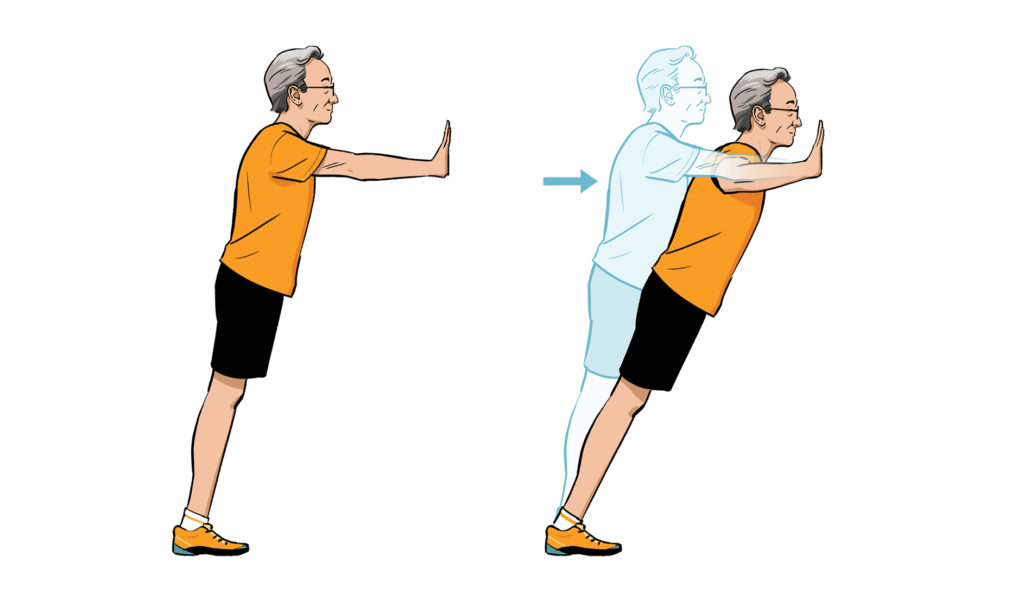
- Work muscles in the laundry room with household items and props. For example, use a sturdy chair to go from a sitting to a standing position two or three times in a row, do three push-ups against any wall (see diagram above) and do biceps curls with a soup can or jug of laundry detergent (see diagram at right).
- Schedule activity breaks. The 24-Hour Movement Guidelines encourage people to sit around less by consciously scheduling movement breaks. For example, get up once an hour to drink some water or walk around the house. With research showing that exercise in 10-minute bouts is efficient, do your own 10-minute workout — try doing stride jumps and sit-ups, and marching on the spot. Or find a workout online.
- Take the stairs. “It’s important to shift our mind about what exercise is,” says Hewston. It can easily be embedded in daily life. Housecleaning and gardening are both exercise. So is taking the stairs, walking your dog and cycling to the grocery store (weather dependent, of course). Walk around the house while you talk on the phone. Buy a pedal bike, and put it under your desk or TV room easy chair.
- Get a coach. Adults with rheumatoid arthritis, osteoarthritis, spinal cord injuries and other physical disabilities can sign up for one-on-one coaching with Get in Motion, run by the Canadian Disability Participation Project (cdpp.ca). Coaches provide exercise motivation by phone or Zoom in regular sessions, explains Sarah Houle, co-ordinator of the program. Together, you set goals and schedule physical activity. Coaches provide resources like YouTube videos and exercises from Spinal Cord Ontario.
- Attend a virtual fitness class or follow an online video. Logging onto online classes is easy peasy; choosing your weapon may be the tough part. Browse yoga, tai chi and boot camp classes to see what appeals to you. Take a Retroactive Fit Break with Participaction or a balance class for seniors, or do an exercise video referred by a friend, university or fitness organization.
- Sign up for an activity. Now that facilities are reopening, it may be time to venture out and sign up to learn something new. For example, take an aquatics class (great for people who have arthritis) or learn how to play pickleball or table tennis.

Emily Johnson’s Biceps Curls
Sitting or standing, start with your arms down by your sides, one hand holding a jug of laundry detergent or soup can. Breathe out and bend your elbow to bring the jug up to your shoulder. Breathe in and return to starting position. Repeat eight to 12 times, with the last three repetitions being extremely difficult. Change sides.
Fitness matters
Immediately after exercising, says Dr. Patricia Hewston, an occupational therapist at the GERAS Centre for Aging Research, Hamilton Health Sciences and McMaster University, you will feel good because of all the endorphins going through your body. But the long-term benefits are important for an aging body and mind too. Research shows that regular exercise helps prevent falls, frailty and dementia.

